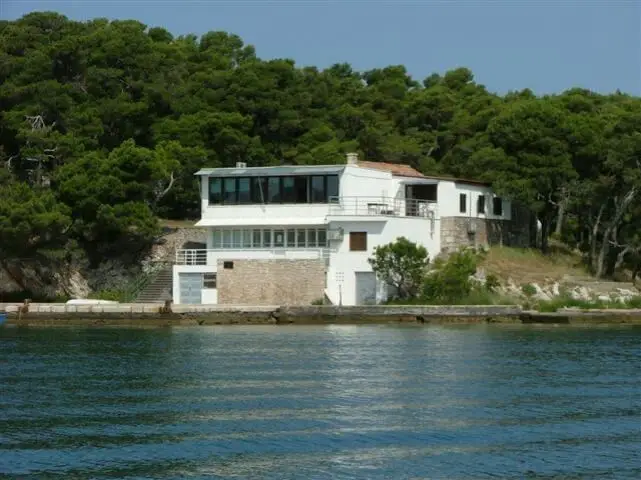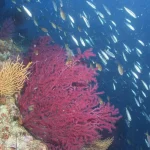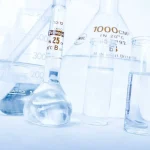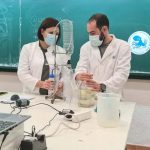Individuals from the scientific Ruđer Bošković Institute (IRB) in Zagreb continue to catch the attention of internationally established scientific journals, such as Marine Science ranked in the top 10% of magazines for the issues of sea and water biology.
This time, IRB’s dr. Cléa Denamiel led an international research team that presented an innovative concept of warning on coastal hazards with stochastic methods.
Authors at Standford.edu in a pdf presentation are presenting stochastic methods as methods that involve random variables. They gave an example of multiple arrows flying towards a rock from multiple directions. When they hit the rock, arrows are positioned randomly.
„Nevertheless, you can still use their positions to estimate the location of the target“, explained Standford.edu presentation.
So, the presentation further elaborated that „like using randomly-positioned arrows to estimate the position of a target, stochastic methods have the goal of gaining information out of randomness“.
„To put it simply, current systems of warning are based on numerical methods that require advanced informatical resources, living a huge carbon dioxide print on the environment, while with the suggested appliance of stochastic methods to optimize forecast of coastal hazards and greatly reduce the need for informatics resources while taking elements of coincidence into account“, explained IRB in its official press release.
This is very important as coastal areas are under the increasing influence of climate hazards, particularly sea-level rise. IRB states that its predicted hazards related to sea level directly impact around 630 million people around the world by 2100.
The new method of warning and quantifying data on coastal hazards presented by dr. Denamiel and her team is innovative as all current systems for such monitoring are much more complexed as they are based on numerical models from kilometer to the meter of clearance.“The suggested approach would require fewer resources while keeping or even improving forecasts and assessments of coastal hazards“, concluded, dr. Ivica Vilibić from IRB.
Learn more about Croatian inventions & discoveries: from Tesla to Rimac on our TC page.
For more about science in Croatia, follow TCN’s dedicated page.











